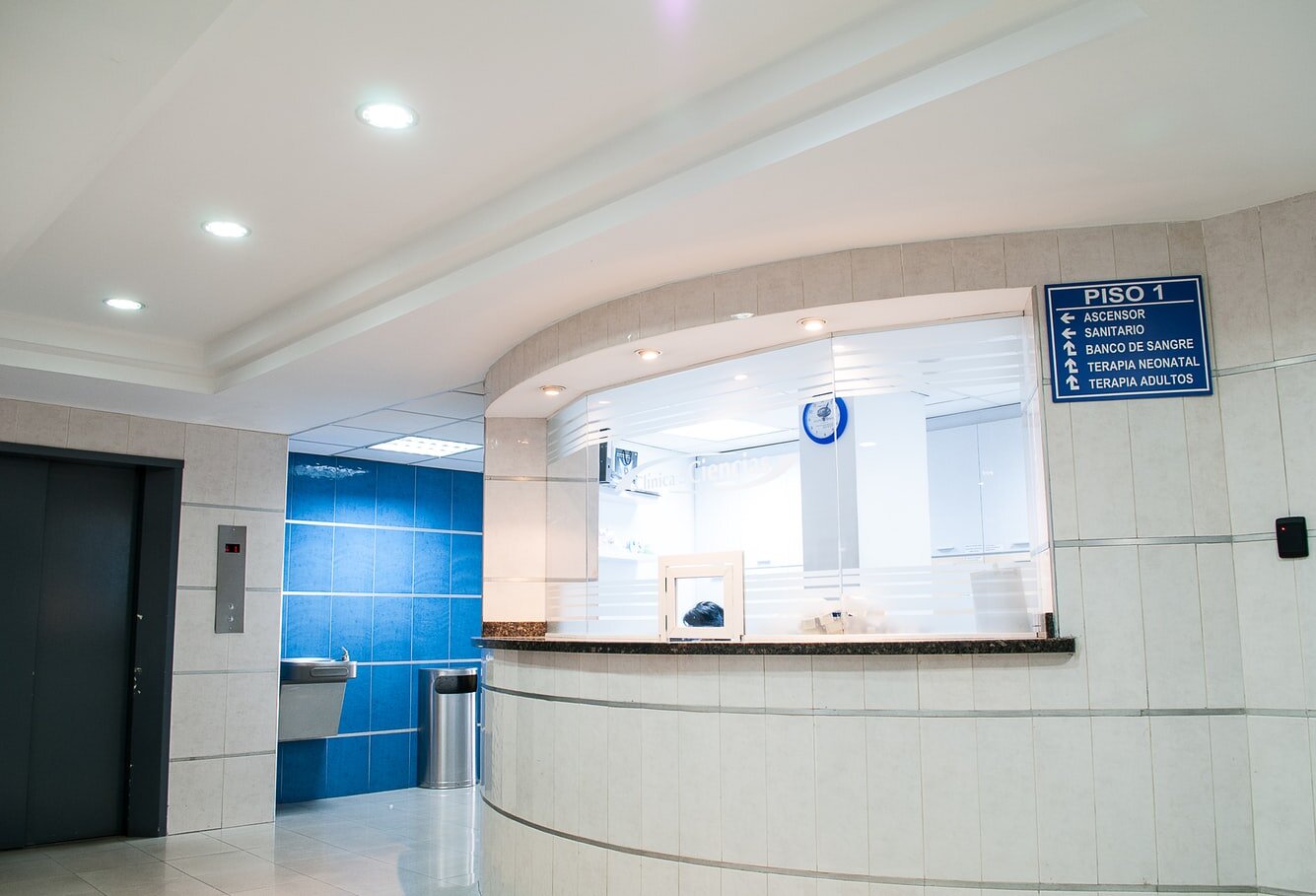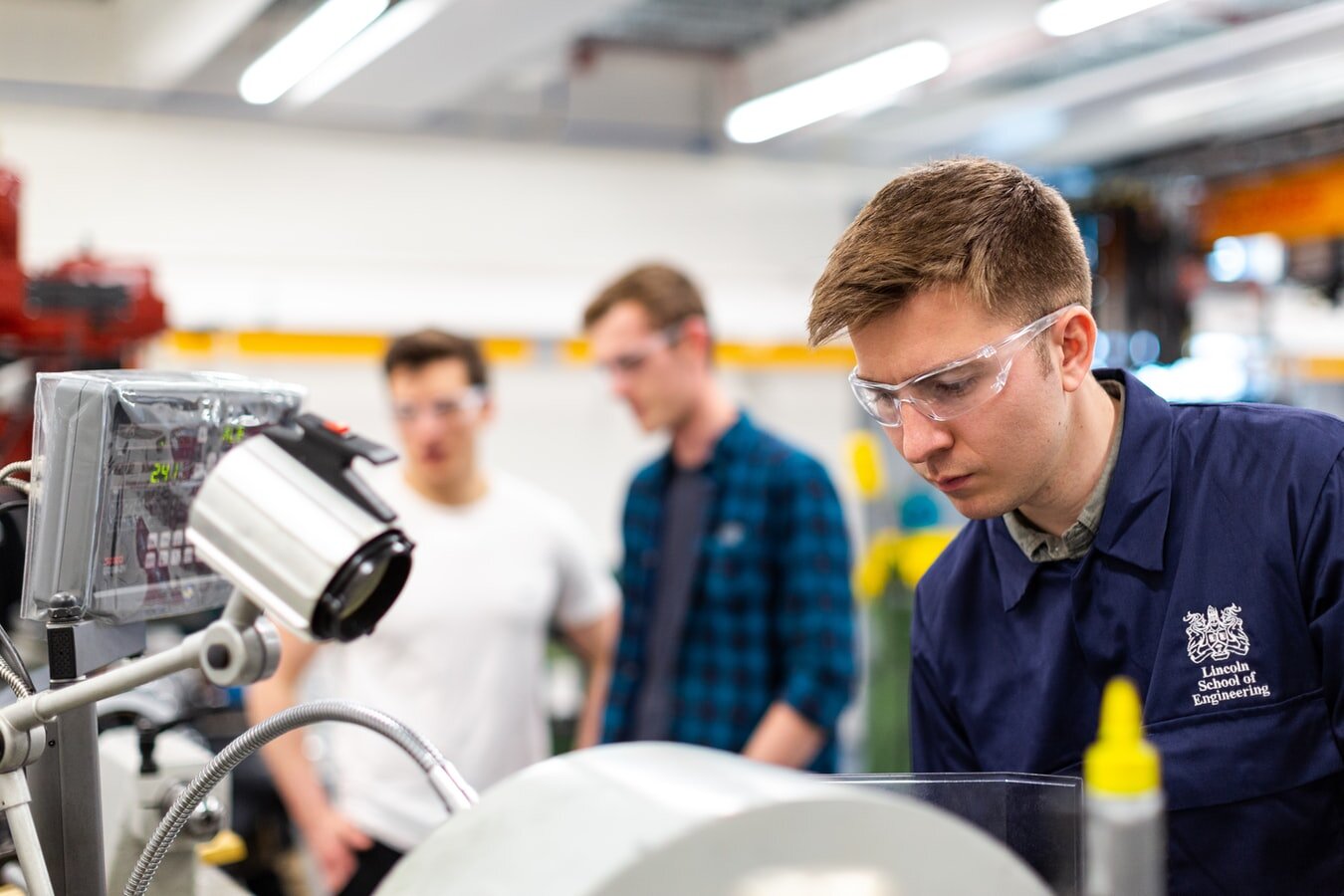Blog
What a Post-COVID World Means for Construction & Engineering
October 21, 2020 | Violet PR

The coronavirus crisis has hastened sweeping changes across the U.S. construction and engineering (C&E) industry, and experts say many of them will remain in place even after the outbreak recedes
Just when it seemed projects would resume, new COVID-19 cases skyrocketed – pulling us back to inevitable new restrictions and shutdowns. When the crisis finally subsides, C&E firms will be entering a drastically different world. Resource limitations, supply chain disruptions and new codes will all have to be reckoned with.
PwC reports that 60% of chief financial officers (CFO) were considering delaying or cancelling projects – and that was before the new wave of COVID-19.
So, what does the future hold for the C&E industry in post-COVID America? How are these firms planning ahead amid all the uncertainty? Here, we will examine several examples of how COVID-19 will alter C&E’s future.
Post-COVID Healthcare Facilities: Re-engineering Space
 The dearth of reliable personal protective equipment (PPE) in our nation’s healthcare facilities added yet another acronym to our collective lexicon. It was also one of the many lessons the healthcare industry learned in the midst of surging cases.
The dearth of reliable personal protective equipment (PPE) in our nation’s healthcare facilities added yet another acronym to our collective lexicon. It was also one of the many lessons the healthcare industry learned in the midst of surging cases.
But, what about healthcare facilities themselves?
President of McLaren Engineering Group, Jeremy Billig, says facilities must become more flexible if they are going to handle wild swings in patient volume.
“Re-engineering space to be more flexible and efficient can allow for growth and contraction of departments with the interchangeability of rooms and the unification of circulation systems,” said Billig. “The use of prefabricated or modular design elements can aid in creating quick and inexpensive alterations with minimal structural changes.”
Additionally, the coronavirus has left copious amounts of now-and-soon-to-be-vacant commercial properties.
“Prefabricated and modular solutions can create inexpensive designs that take into account flexibility and efficiency of space,” said Billig. “Prefabricated elements can cut construction costs and save time, enabling the development of an outpatient facility to begin generating revenue quickly.”
While these ideas are not a cure for ailing healthcare facilities, they certainly make for a strong “bandage.”
Post-COVID Engineering and AI
 To date, 22 million jobs were lost to COVID-19 – many of them permanently.
To date, 22 million jobs were lost to COVID-19 – many of them permanently.
While engineers were not immune to COVID layoffs, the industry is equipped to bounce back rather quickly. Once the coronavirus pandemic eases, experts predict a surge in demand for healthier and safer buildings.
Highly skilled engineers will be at the forefront of the “healthy building” surge. The U.S. Bureau of Labor Statistics projects nearly 140,000 engineering jobs will be created in the next few years. That growth comes in part because of new uses for artificial intelligence (AI) and robotics – both of which will play a role in building and designing new spaces for us to live and work.
In fact, AI has already made its presence known in the construction industry. Construction managers have been using it for scheduling and contingency planning. Autonomous devices have also been put to work on jobsites – with drones providing overhead images and robots doing everything from laying brick to installing drywall.
It may sound like a cliché, but the possibilities of AI are endless. It will undoubtedly be put to work to save time, costs and even lives.
Embracing Technology with New Apps and Tools
 Employees are every company’s most valuable asset. Providing safety gear and requiring onsite social distancing are no-brainers, but some in the industry are turning to other high-tech solutions to ensure a healthy workforce.
Employees are every company’s most valuable asset. Providing safety gear and requiring onsite social distancing are no-brainers, but some in the industry are turning to other high-tech solutions to ensure a healthy workforce.
For example, mobile apps like Check-In are helping pros plan, prevent and mitigate workforce risks by tracing exposures and preventing high-risk people from setting foot on the job site.
It does not stop at safety – knowing that supply chains have gone haywire since the outbreak began, a company called Eka Software Solutions also developed an app to better assess markets and overall risk.
The app was designed to provide quick glimpses into supply chains to better analyze and mitigate risk. Among other things, the app helps identify alternate suppliers to maintain supply-chain continuity.
Social distancing has completely shifted how contractors interact with project teams and customers – creating a new system of virtual communication. AECOM launched a web-based tool for employees, allowing virtual public meetings, which is a major step in keeping public projects, including town halls, stadiums or venues, moving. This could be a major trend within the industry as these tools continue collaborative conversations about proposed projects with the public amid COVID-19 guidelines.
A Better Future for the Construction and Engineering Industries
No doubt, this is not the year any of us expected. The pandemic threw everyone for a loop, and some have adjusted faster and more thoroughly than others. While we are still a long way from seeing the light at the end of the tunnel, with proper planning, modifications and adjustments, the construction and engineering industries can come out the other side stronger and more resilient than ever. And chances are, this new landscape for C&E will incorporate several types of the aforementioned “next-gen” technology.
Did we miss anything? If you’d like to share any insights into the future of construction and engineering, feel free to leave us a reply.